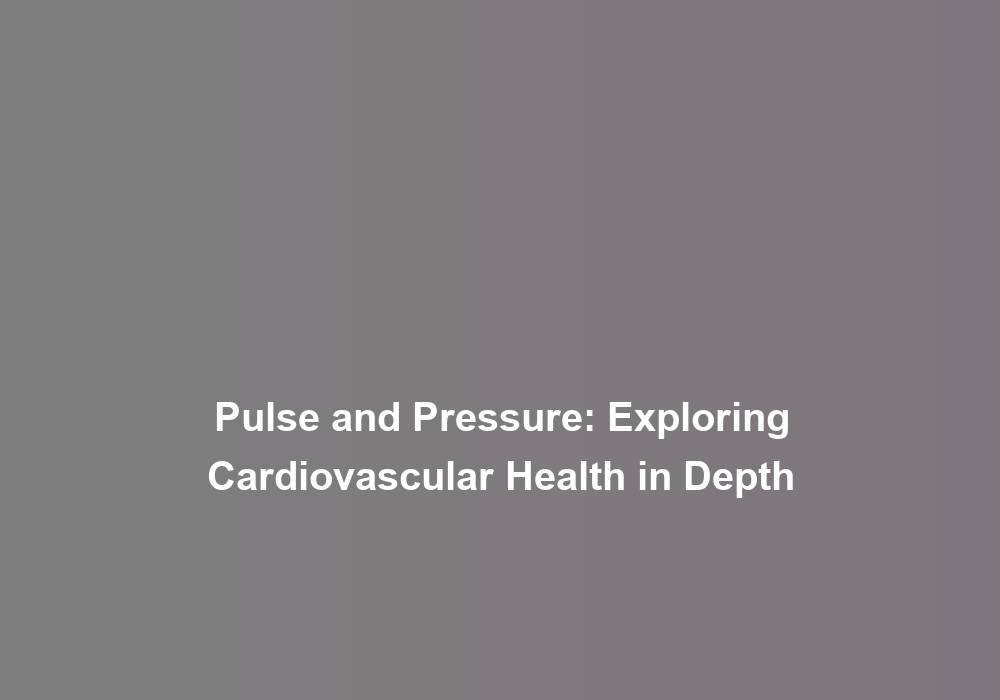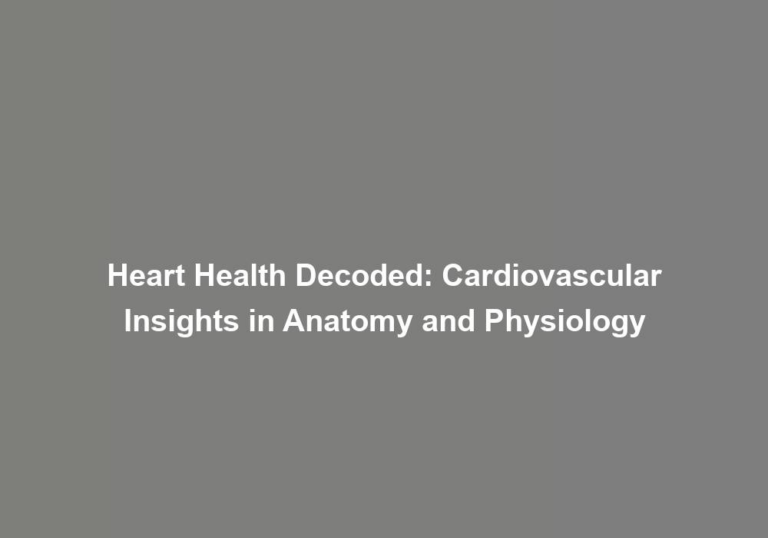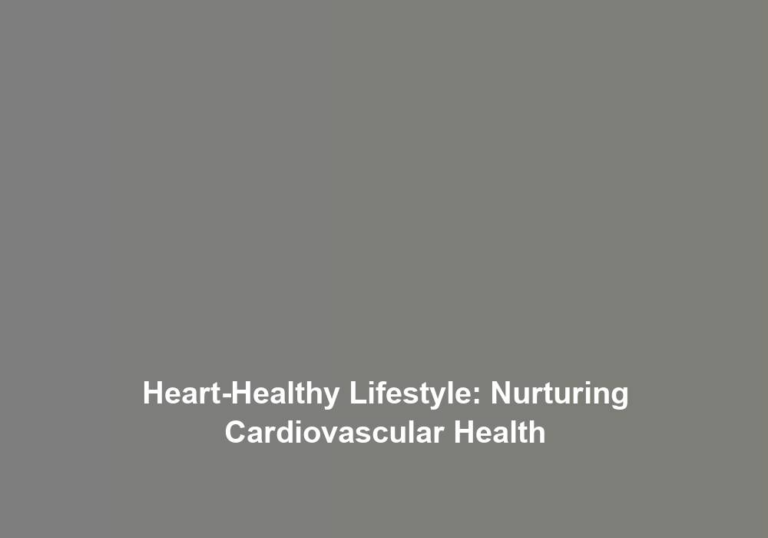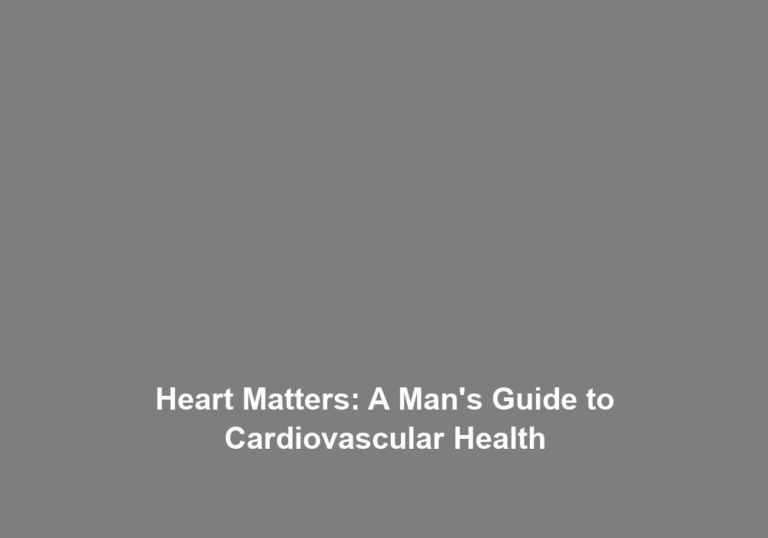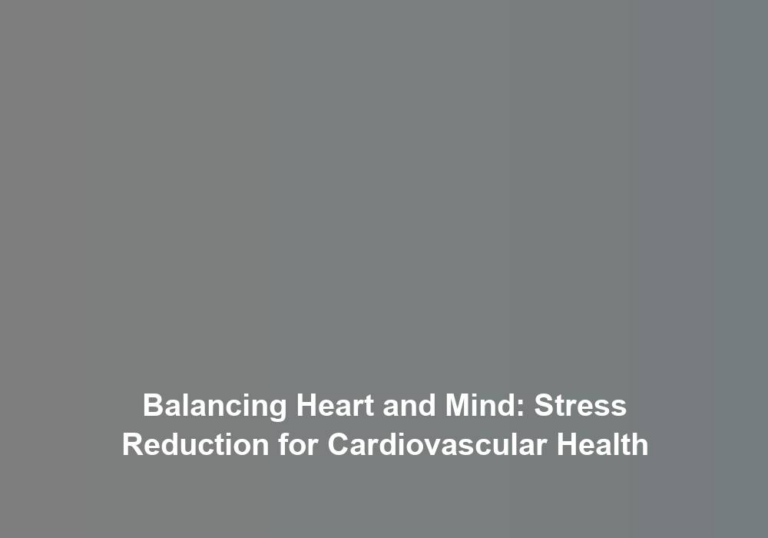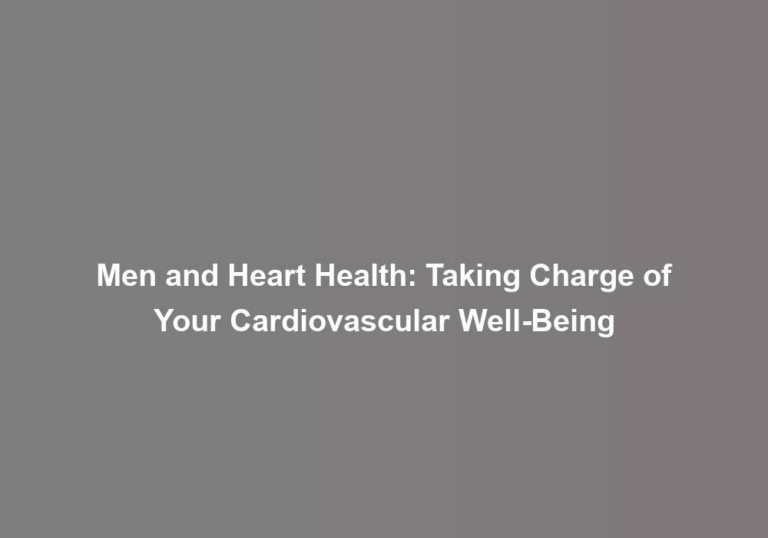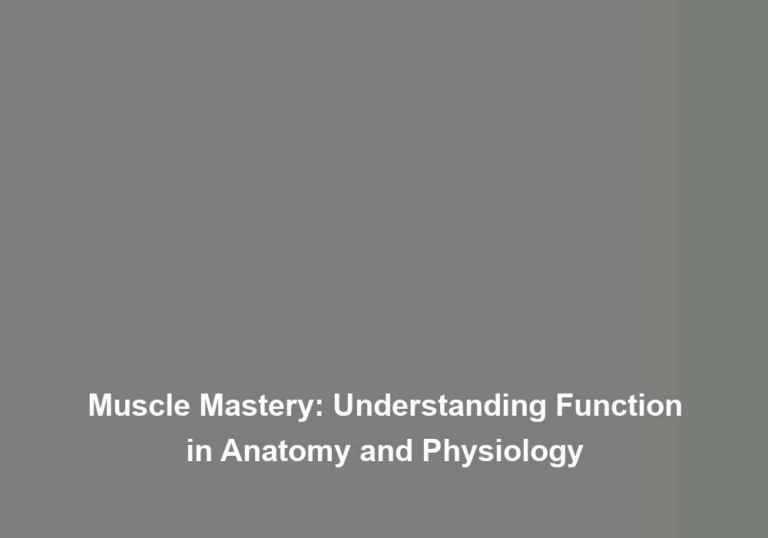Pulse and Pressure: Exploring Cardiovascular Health in Depth
Imagine your cardiovascular system as a finely tuned orchestra, with each instrument playing a crucial role in maintaining harmony. The interplay between your pulse and pressure is akin to the rhythm and melody of this orchestra. ItG??s fascinating how these two vital signs can provide a window into the state of your heartG??s health. But what if thereG??s more to this symphony than meets the eye? What if understanding the intricacies of pulse and pressure holds the key to unlocking a deeper understanding of your cardiovascular well-being?
The Significance of Pulse and Pressure
Understanding the significance of pulse and pressure is crucial for evaluating cardiovascular health and diagnosing potential issues. The pulse, often referred to as the heart rate, is a fundamental indicator of cardiovascular function. It represents the number of times the heart beats per minute, reflecting the frequency of blood flow through the arteries. Measuring the pulse provides valuable insights into the heartG??s efficiency in pumping blood and the overall circulation within the body. Additionally, assessing blood pressure, which is the force exerted by circulating blood against the walls of the arteries, is essential for understanding the resistance the heart must overcome to maintain adequate blood flow. Both pulse and pressure serve as critical metrics for assessing cardiovascular health.
Measurement techniques for pulse and pressure are pivotal in obtaining accurate and reliable data. Techniques for measuring pulse include palpation of arterial points, using stethoscopes, or employing electronic devices such as pulse oximeters. These methods allow for precise determination of heart rate, enabling healthcare professionals to assess variations and irregularities. Blood pressure measurement techniques involve using a sphygmomanometer, which measures the pressure in the arteries during the contraction and relaxation phases of the heart. This provides valuable information about the systolic and diastolic pressure, crucial for diagnosing conditions such as hypertension and hypotension.
Understanding Cardiovascular Risk Factors
As you begin to explore cardiovascular risk factors, itG??s crucial to gain an in-depth understanding of the various elements that contribute to heart health. Recognizing and comprehending these risk factors will enable you to develop effective prevention strategies and make informed decisions about your cardiovascular well-being. By identifying and addressing these risk factors, you can take proactive steps to mitigate potential health concerns and maintain a healthy heart.
Risk Factor Overview
Cardiovascular risk factors encompass a range of conditions and behaviors that contribute to the likelihood of developing heart disease or experiencing a cardiovascular event. Understanding these risk factors is essential for proactive management of cardiovascular health. Two crucial factors to consider are dietary influences and genetic predisposition. Your diet plays a significant role in cardiovascular health, with choices like high-sodium and high-fat foods impacting blood pressure and cholesterol levels. Additionally, genetic predisposition can increase your susceptibility to cardiovascular issues. Below is a table summarizing common risk factors:
| Risk Factors | Impact |
|---|---|
| High Blood Pressure | Increases strain on the heart |
| Smoking | Damages blood vessels |
| Obesity | Raises the risk of heart disease |
Prevention Strategies
Building on the critical understanding of cardiovascular risk factors, it is imperative to explore effective prevention strategies to mitigate the likelihood of developing heart disease or experiencing a cardiovascular event. To minimize your risk, consider the following strategies:
- Dietary Changes: Incorporate a balanced, heart-healthy diet rich in fruits, vegetables, whole grains, and lean proteins.
- Exercise Routines: Engage in regular physical activity, aiming for at least 150 minutes of moderate-intensity exercise per week.
- Stress Management: Adopt stress-reducing techniques such as meditation, yoga, or deep breathing exercises.
- Regular Health Screenings: Schedule routine check-ups to monitor blood pressure, cholesterol levels, and overall cardiovascular health.
- Smoking Cessation: Quit smoking and avoid exposure to secondhand smoke to significantly reduce cardiovascular risk factors.
Monitoring and Measuring Pulse and Pressure
Monitoring and measuring pulse and pressure are essential components of assessing cardiovascular health. Achieving accuracy in these measurements is crucial for effective diagnosis and management. Technological advancements have significantly improved the precision and convenience of monitoring pulse and pressure, leading to better patient outcomes.
Measuring accuracy is paramount when it comes to assessing pulse and pressure. Inaccurate readings can lead to misdiagnosis and inappropriate treatment. Fortunately, modern devices such as digital blood pressure monitors and pulse oximeters offer reliable and consistent measurements. These devices utilize advanced algorithms and sensor technologies to provide accurate readings, reducing the margin of error in assessments.
Technological advancements have revolutionized the way pulse and pressure are monitored. Wearable devices, such as smartwatches and fitness trackers, now have the capability to continuously track pulse and, in some cases, blood pressure. This continuous monitoring provides valuable insights into an individualG??s cardiovascular health over time, enabling proactive intervention when necessary.
In addition to accuracy and technological advancements, it is essential to consider the usability of monitoring devices. User-friendly interfaces and clear instructions are crucial for ensuring that individuals can effectively measure their pulse and pressure at home. This empowers patients to take an active role in managing their cardiovascular health and enables healthcare providers to make informed decisions based on reliable data.
Implications of Abnormal Readings
When interpreting abnormal readings from pulse and pressure measurements, the significance lies in understanding their potential impact on overall cardiovascular health. Abnormal readings can provide valuable insights into the status of your cardiovascular system, guiding diagnostic tools and treatment options to maintain optimal health and well-being.
- Diagnostic Tools: Abnormal readings may indicate the need for further diagnostic tests such as echocardiograms, stress tests, or ambulatory blood pressure monitoring to assess the extent of cardiovascular abnormalities accurately.
- Risk Assessment: Abnormal pulse and pressure readings can serve as indicators of increased risk for cardiovascular diseases, prompting healthcare professionals to conduct a comprehensive risk assessment to identify potential underlying conditions.
- Treatment Options: Abnormal readings often necessitate the initiation or modification of treatment plans, including medication adjustments, lifestyle modifications, or referral to specialists for advanced cardiovascular care.
- Monitoring and Follow-up: Abnormal readings call for vigilant monitoring and frequent follow-up appointments to track changes in cardiovascular health, ensuring timely interventions and adjustments to treatment strategies.
- Patient Education: Abnormal readings provide an opportunity for patient education, empowering individuals to understand the implications of their cardiovascular health and actively participate in their care through lifestyle modifications and adherence to treatment regimens.
Understanding the implications of abnormal pulse and pressure readings is crucial for proactively addressing cardiovascular health concerns and promoting overall well-being. By leveraging diagnostic tools and treatment options, individuals can take proactive steps to manage their cardiovascular health and reduce the risk of adverse outcomes.
Lifestyle Modifications for Heart Health
To promote heart health, implementing targeted lifestyle modifications is essential for optimizing cardiovascular well-being and minimizing the risk of adverse cardiac events. Dietary changes play a pivotal role in maintaining a healthy heart. Focus on consuming a diet rich in fruits, vegetables, whole grains, lean proteins, and healthy fats. Limit the intake of saturated fats, trans fats, cholesterol, and sodium to support optimal heart function. Additionally, reducing the consumption of processed and sugary foods can significantly benefit your cardiovascular health.
Incorporating exercise routines into your daily life is equally important. Engaging in regular physical activity strengthens the heart muscle, improves circulation, and helps control weight, blood pressure, and cholesterol levels. Aim for at least 150 minutes of moderate-intensity aerobic exercise or 75 minutes of vigorous-intensity aerobic exercise each week, along with muscle-strengthening activities on two or more days a week. This could include brisk walking, jogging, cycling, swimming, or dancing. Finding an activity you enjoy can make it easier to stick to a consistent exercise regimen.
Seeking Professional Guidance and Support
Seeking professional guidance and support from healthcare providers who specialize in cardiovascular health is crucial for developing a personalized plan to optimize your heart health. When it comes to your cardiovascular well-being, obtaining expert advice and medical consultation is essential. Here are some key aspects to consider when seeking professional intervention and building a support network:
-
Specialized Expertise: Accessing healthcare providers with specialized expertise in cardiovascular health ensures that you receive tailored advice and treatment options based on the latest medical knowledge and research.
-
Comprehensive Assessment: A thorough medical consultation allows for a comprehensive assessment of your cardiovascular health, including risk factors, family history, and current symptoms, enabling the development of a personalized plan.
-
Treatment Recommendations: Healthcare providers can offer specific treatment recommendations based on your unique cardiovascular profile, which may include medication, lifestyle modifications, or further diagnostic tests.
-
Monitoring and Follow-Up: Establishing a support network through professional guidance enables ongoing monitoring of your cardiovascular health and provides opportunities for regular follow-up appointments to track progress and make adjustments as needed.
-
Emotional Support: Obtaining professional guidance also means gaining access to emotional support, as healthcare providers can offer reassurance, information, and resources to help you navigate your cardiovascular health journey.
Conclusion
In conclusion, it is crucial to monitor and maintain healthy pulse and pressure levels for optimal cardiovascular health. Did you know that about 1 in 3 American adults have high blood pressure, a leading risk factor for heart disease and stroke? By understanding the significance of these vital signs, making lifestyle modifications, and seeking professional guidance, you can take proactive steps to safeguard your heart health. Remember, your pulse and pressure are key indicators of your overall cardiovascular well-being.

